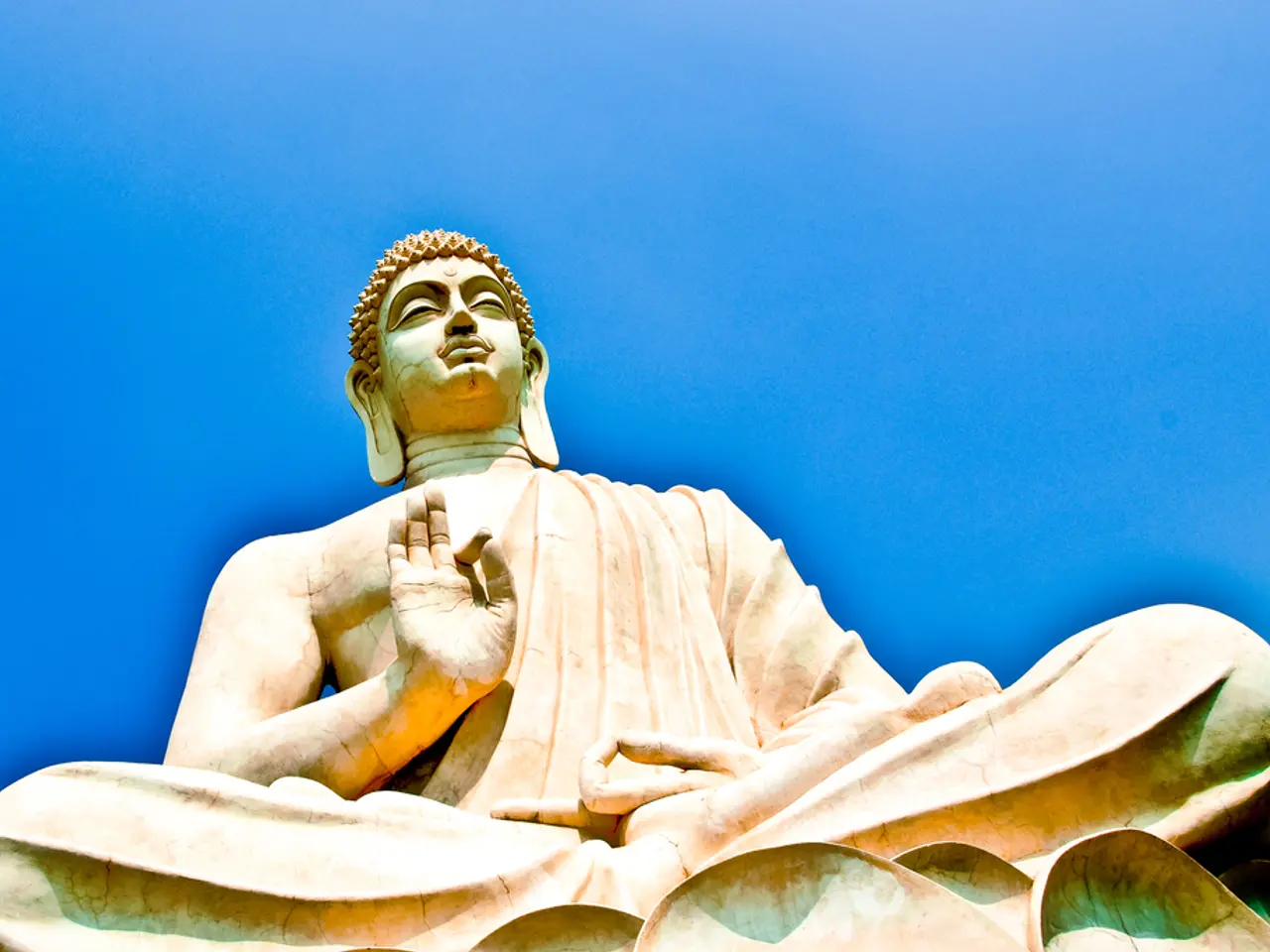Transforming Everyday Habits into Significant Traditions
In today's fast-paced world, it's easy to find oneself living life on autopilot, going through daily routines without truly engaging with them. However, by adopting mindful and intentional rituals, we can bring meaning, beauty, and purpose to our everyday activities.
Key Practical Steps
Start with Intention
Begin your day with a centring practice such as a few minutes of meditation, mindful breathing, writing down gratitudes, or setting a positive intention. This anchors your mindset for the day and cultivates calmness rather than rushing into activity.
Anchor New Mindfulness Habits to Existing Routines
Use habit-stacking by pairing new mindful rituals with established ones. For example, practice mindful breathing while brushing teeth or do a gratitude check while waiting for your coffee to brew. This creates effortless reminders and makes mindfulness sustainable.
Engage Your Senses and Slow Down
Turn simple acts like drinking water or eating breakfast into sensory-rich, elegant rituals by using favourite vessels, focusing on taste, texture, and appearance. Deliberate slowness helps deepen connection to the present moment and transforms mundane actions into sacred experiences.
Make Movement Mindful
Instead of pushing through exercise mindlessly, pay attention to bodily sensations during walks, stretches, yoga, or dancing. Notice the rhythm, breath, and environment to turn movement into a moment of mental clarity and emotional balance.
Use Rituals as Grounding and Pauses
Create small intentional pauses during daily tasks, such as a mindful tea preparation or a walk after meals without digital distractions. These moments interrupt reactivity and bring presence, helping reconnect with yourself and your surroundings.
The Difference Between Rituals and Routines
Rituals differ from routines in intention and presence—they bring meaning and beauty to everyday acts rather than emphasizing efficiency or checklist completion. This mindset shift, combined with simple practices like gratitude journaling, affirmation repetition, sensory self-care, and mindful pauses, helps transform daily life into an experience of purpose and calm.
Practical Examples
- When making coffee or tea, a ritual could involve grinding your own coffee beans or using loose-leaf tea, inhaling the aroma, and pouring the water slowly.
- Shower time could be used as a cleansing ritual for both body and mind, envisioning the water washing away any negativity or stress.
- Showering can become an opportunity to become mindful of one's body and its connection to one's mind.
- The evening wind-down could involve creating a bedtime ritual, such as reading a few pages of a calming book, journaling, or practicing a short meditation.
- During meal times, a ritual could involve setting the table, taking a moment of gratitude for the food, and chewing slowly to savor each bite.
- Exercise could be dedicated to someone or something, such as "This run is for my personal growth" or "This yoga session is in gratitude for my healthy body."
- Instead of hitting the snooze button multiple times, a morning ritual could involve taking three deep breaths and stretching, and whispering a positive affirmation.
- During driving or commuting, a ritual could involve taking deep breaths, listening to a specific podcast, audiobook, or playlist, and using this time as an opportunity for learning or reflection.
- Setting an intention or a specific focus for a ritual before starting it can serve as a guiding force throughout the process.
- House cleaning could be chosen as a specific day and time, with uplifting or calming music played, and each task viewed as an act of self-care, creating a peaceful environment.
- Bathing can be a time for relaxation and self-care, and designing a ritual around it can help protect the space, time, and energy for self-care.
Regular repetition of a ritual helps to reinforce the sense of meaning and significance associated with the activity. Expressing gratitude for the opportunity to engage in a ritual and reflecting on the experience afterward can deepen the impact of the ritual.
By incorporating these practices into our lives, we can transform our daily routines into mindful and intentional rituals, bringing a sense of purpose, calm, and beauty to our everyday experiences.
[1] Mindful.org [2] Psychology Today [3] Greater Good Science Center, UC Berkeley [4] The Art of Mindfulness, Thich Nhat Hanh
- To anchor mindfulness in the morning, consider combining a few minutes of meditation with the act of grinding your own coffee beans or using loose-leaf tea, inhaling the aroma, and pouring the water slowly.
- Transform shower time into a cleansing ritual for both body and mind by envisioning the water washing away any negativity or stress, taking deep breaths, and mindfully washing each part of your body.
- House cleaning could be designated a specific day and time, with uplifting music played, each task viewed as self-care, and the process considered an act that creates a peaceful environment.
- During exercise, dedicate it to someone or something, like stating, "This run is for my personal growth" or "This yoga session is in gratitude for my healthy body."
- At mealtimes, engaging in a small ritual — such as setting the table, taking a moment to express gratitude for the food, and chewing slowly to savor each bite — enhances the experience and promotes intentional eating.
- When driving or commuting, create a mindful ritual that integrates deep breaths, listening to a podcast, audiobook, or playlist, and using this time for learning or reflection.
By regularly repeating these rituals and reflecting on their impact, we can deepen the sense of meaning and significance associated with them, transforming our everyday activities into mindful and intentional experiences.




